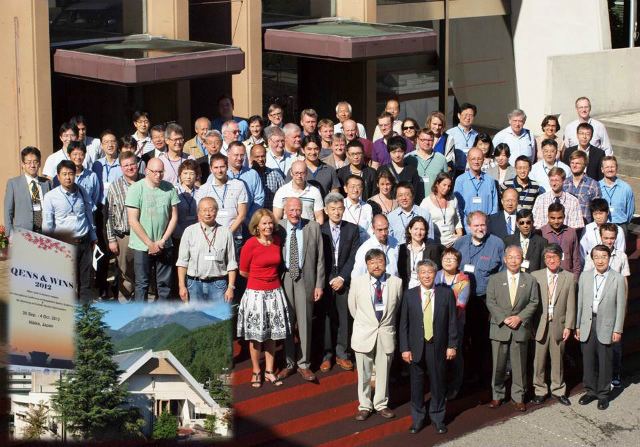 | ||
Quasielastic neutron scattering (QENS) designates a limiting case of inelastic neutron scattering, characterized by energy transfers being small compared to the incident energy of the scattered particles.
Contents
The term quasielastic scattering was originally coined in nuclear physics. It was applied to thermal neutron scattering since the early 1960s, notably in an article by Leon van Hove and in a highly cited one by Pierre Gilles de Gennes.
QENS is typically investigated on high-resolution spectrometers (neutron backscattering, neutron time-of-flight scattering, neutron spin echo).
It is used to investigate topics like
Conference Series
Starting in 1992, there is a conference series entitled QENS. Since 2012, it is being hold together with the Workshop on Inelastic Neutron Spectrometry (WINS).
